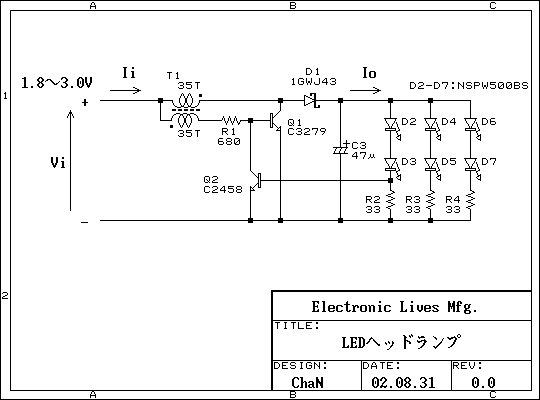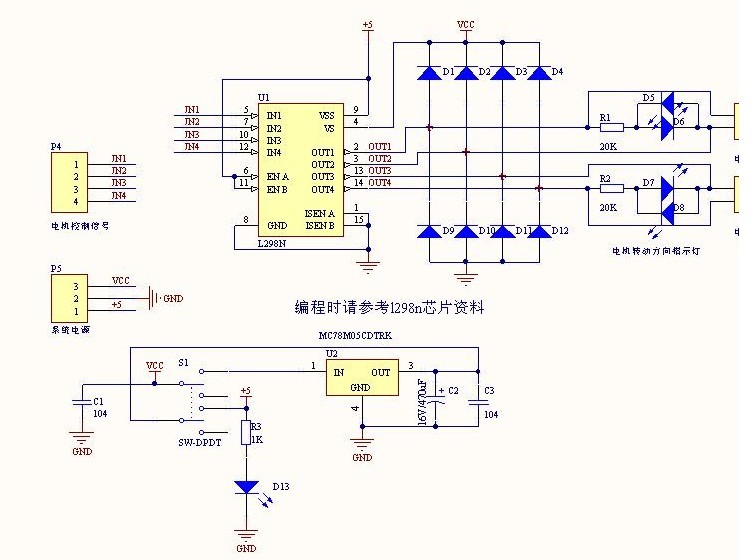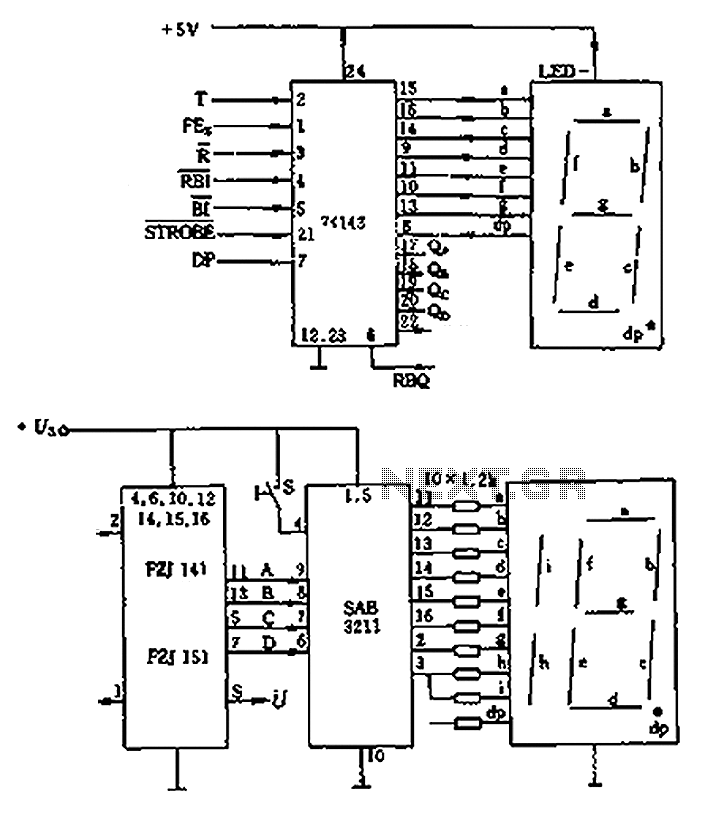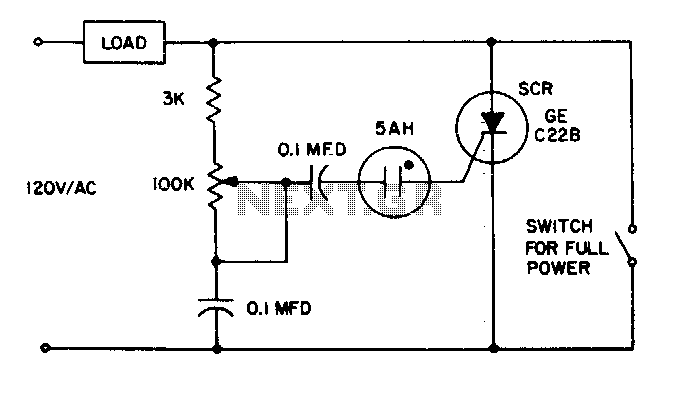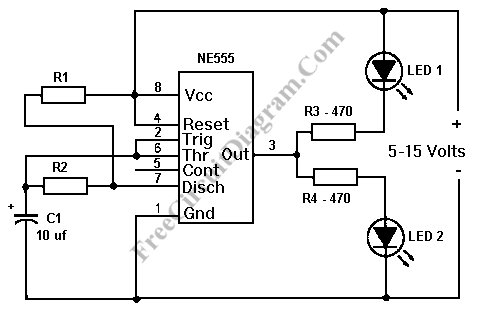
Universal High-Power LED Driver with 3D-printable Case
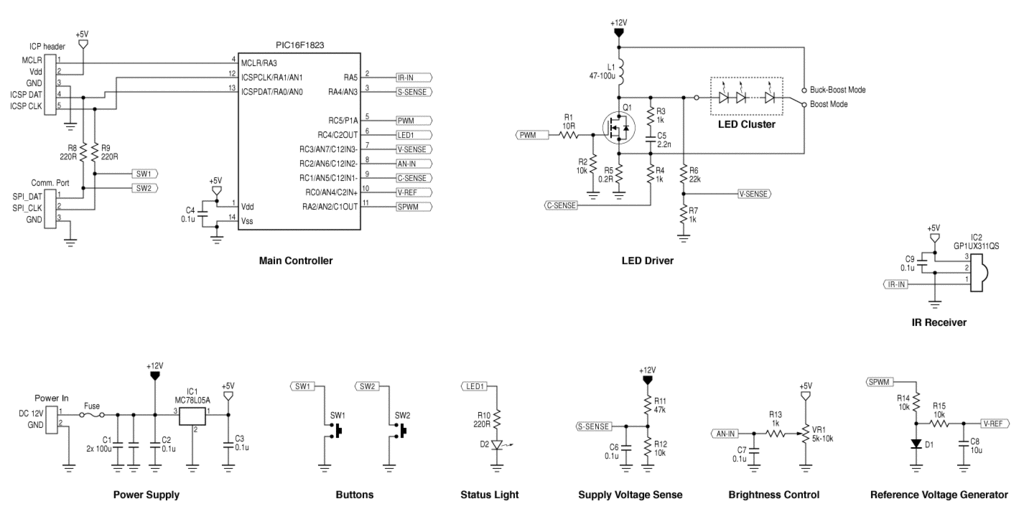
The core component of this controller is a switch mode voltage converter. L1 is responsible for converting voltage, while Q1 acts as the switch that controls the current flowing through L1.
The switch mode voltage converter operates by rapidly switching the Q1 transistor on and off, allowing energy to be stored in the inductor L1 during the on phase and releasing it to the output during the off phase. This process enables efficient voltage conversion, which is essential for applications requiring stable output voltage levels despite variations in input voltage or load conditions.
Inductor L1 plays a crucial role in energy storage and transfer. Its inductance value must be carefully selected to balance the converter's response time and efficiency. The switching frequency, determined by the control circuitry, influences the size and choice of L1, as higher frequencies allow for smaller inductors but may also introduce higher losses.
Transistor Q1, typically a MOSFET or IGBT, must be chosen based on its switching speed, voltage rating, and current handling capability. The gate drive circuitry is essential for ensuring that Q1 switches efficiently, minimizing transition losses during the on/off cycles.
Additional components in the circuit may include diodes for rectification, capacitors for filtering, and feedback mechanisms for regulating the output voltage. The feedback loop monitors the output voltage and adjusts the duty cycle of the switching signal to maintain the desired output level, thereby enhancing the stability and performance of the voltage converter.
Overall, the switch mode voltage converter design is a critical aspect of modern power supply systems, providing high efficiency and compact solutions for a wide range of electronic applications.The heart of this controller is a switch mode voltage converter. L1 converts voltage. Q1 is the switch that control current the goes through L1. The b.. 🔗 External reference
The switch mode voltage converter operates by rapidly switching the Q1 transistor on and off, allowing energy to be stored in the inductor L1 during the on phase and releasing it to the output during the off phase. This process enables efficient voltage conversion, which is essential for applications requiring stable output voltage levels despite variations in input voltage or load conditions.
Inductor L1 plays a crucial role in energy storage and transfer. Its inductance value must be carefully selected to balance the converter's response time and efficiency. The switching frequency, determined by the control circuitry, influences the size and choice of L1, as higher frequencies allow for smaller inductors but may also introduce higher losses.
Transistor Q1, typically a MOSFET or IGBT, must be chosen based on its switching speed, voltage rating, and current handling capability. The gate drive circuitry is essential for ensuring that Q1 switches efficiently, minimizing transition losses during the on/off cycles.
Additional components in the circuit may include diodes for rectification, capacitors for filtering, and feedback mechanisms for regulating the output voltage. The feedback loop monitors the output voltage and adjusts the duty cycle of the switching signal to maintain the desired output level, thereby enhancing the stability and performance of the voltage converter.
Overall, the switch mode voltage converter design is a critical aspect of modern power supply systems, providing high efficiency and compact solutions for a wide range of electronic applications.The heart of this controller is a switch mode voltage converter. L1 converts voltage. Q1 is the switch that control current the goes through L1. The b.. 🔗 External reference
